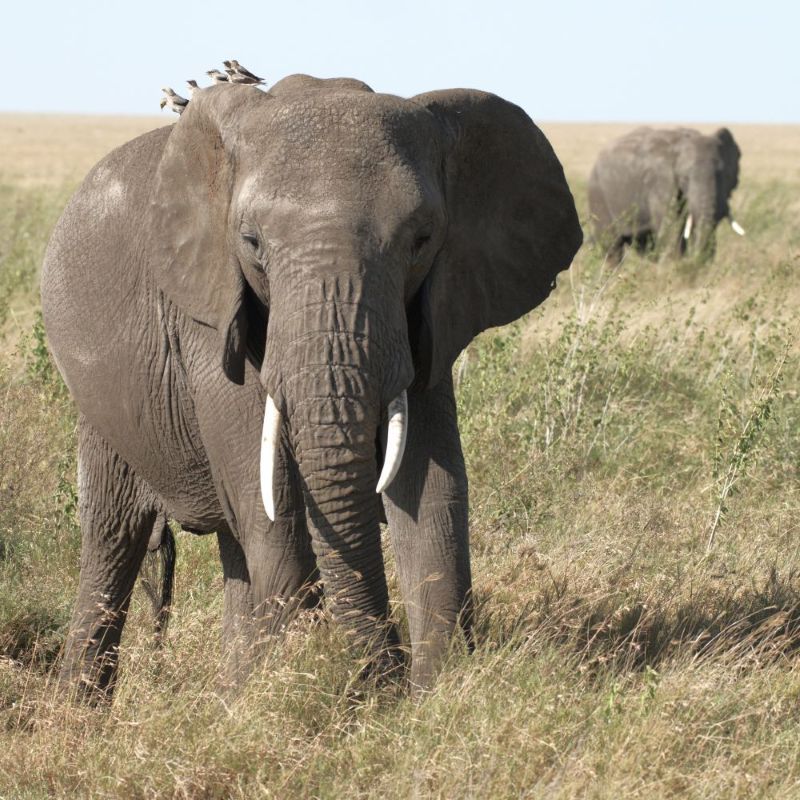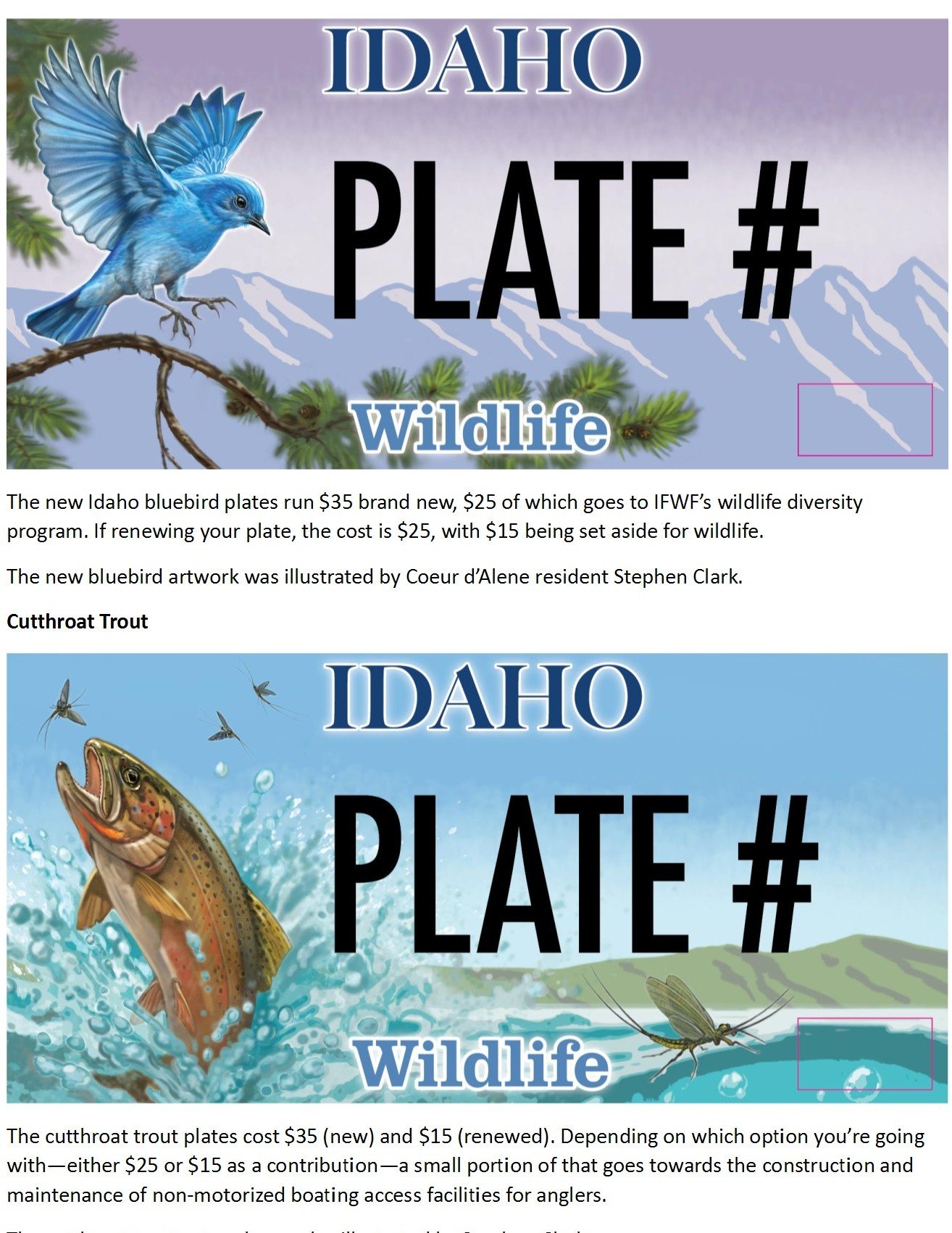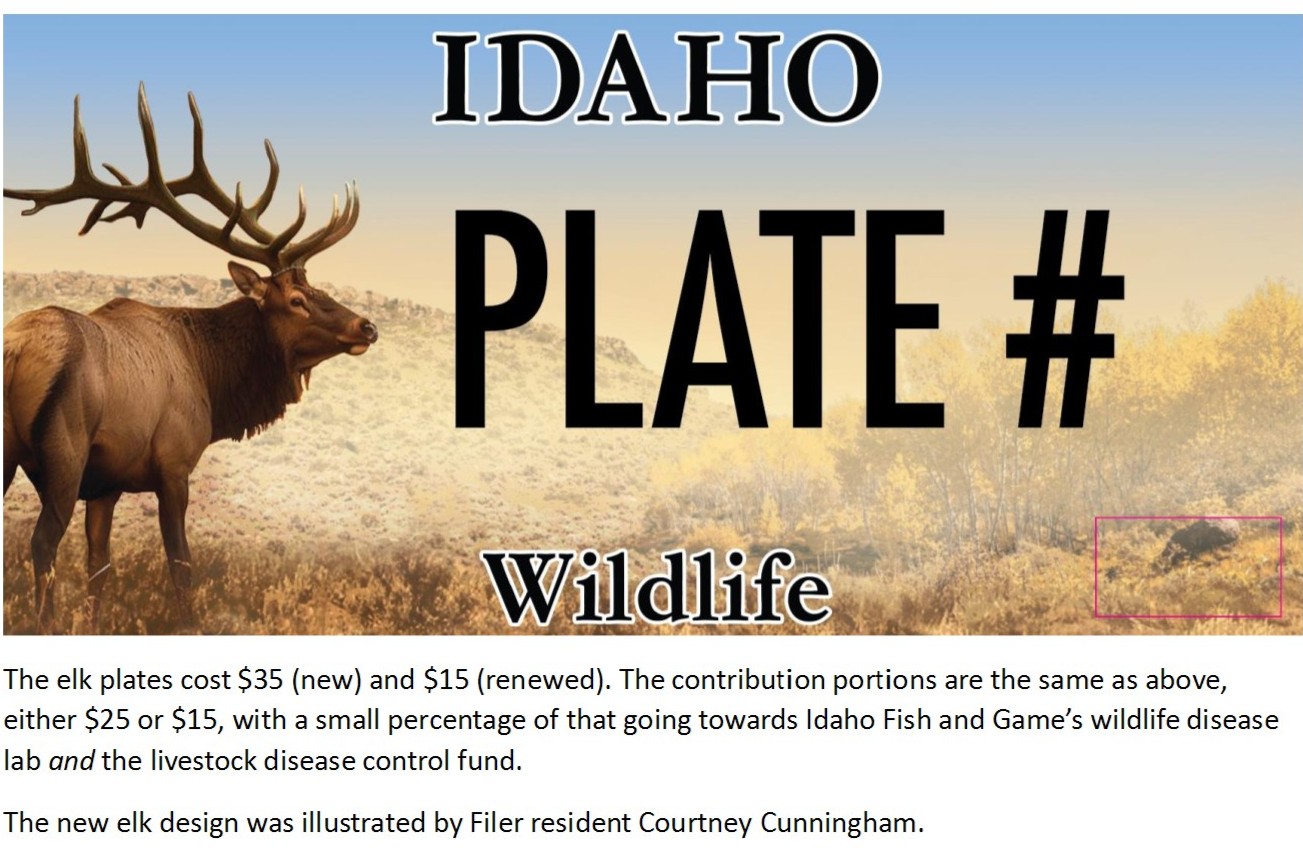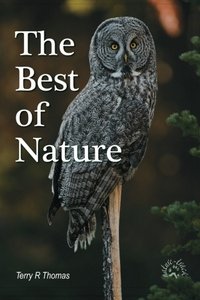Memory in Animals

©Terry R. Thomas/www.nature-track.com
Elephants are often thought to have one of the best memories in the animal kingdom.
Of all the animals on the planet, humans have by far the highest ability to recall past events, referred to as memory. However, that doesn’t mean that other animals’ memories are poor, just not as good as ours. In fact, some may have better memory than we do in certain aspects. For instance, a Clark’s nutcracker is said to be able to remember up to 30,000 locations where it has cached nuts. I can’t find my car keys most days. Dolphins have been shown to recognize other dolphins they met and haven’t seen in decades. I often draw a blank on people I have met even in the recent past and rely on Cathy to tell me who I have met and where. Homing pigeons can find their way home across hundreds of miles of unfamiliar territory. I can’t find my truck in a Walmart parking lot.
Rats can learn to run mazes, octopuses can recognize human faces, dogs can be trained to accomplish amazing feats, parrots can be trained to talk. All of these require the use of memory in some fashion. There is a clear evolutionary value in being able to remember lessons learned to help with future decision-making so developing a memory of some type would be a huge advantage.
Memory for animals is just as important to survival as it is to humans. Memory, in some form, helps in activities like migration, relocating good food sources and other resources within a home range, food caching, building and maintaining relationships, avoiding or escaping predation, learning (training young how to hunt or forage and helping them retain the lessons), and likely many more activities.
It is quite clear that animals remember. Anecdotally, heartwarming videos of animals reunited with their keepers after long separations (a quick search on YouTube will pull up several) clearly demonstrate that. Scientific research has shown many astounding memory abilities among animals as well.
The challenge science faces, and one that is still ardently debated is, do animals remember things the same way that humans do? That is a big question, and without being able to ask the animals directly, one that may rage for many decades to come, possibly forever because developing ways to definitively test an animal’s memory is a true challenge.
At the core of the debate is a type of memory referred to as episodic memory. The dictionary definition of episodic memory is, “a type of long-term memory that involves conscious recollection of previous experiences together with their context in terms of time, place, associated emotions, etc.” In humans, episodic memory is the ability to recall specific personal experiences, including details about what happened, where it happened, and when it happened.
For animals, it is often called “episodic-like” memory. It still refers to an animal’s ability to encode and retrieve information about what occurred during an episode, where the episode took place, and when the episode happened. It is called episodic-like because, and this is key, there really is no way of knowing whether or not this is a conscious recollection, a key component of the original definition of episodic memory.
There is a major criticism of assuming episodic-like memory in animals. Called the Sischof-Kohler Hypothesis, it states that only humans can take action for future needs and that animals are incapable of anticipating future needs. This is sort of back to the anthropomorphism argument that states that animals are basically biological automatons, ruled solely by instinct and genetic programming.
Others argue that it is possible that an animal can remember what happened, where it happened, and when it happened without remembering the specific event. For instance, a bluebird eats the caterpillar of a Monarch butterfly and gets sick from it, but survives the encounter. From that point on, it will “remember” not to eat another Monarch caterpillar, but will it remember the specific time it got sick from doing it? According to some researchers, “This latter memory would be much closer to a human’s episodic memory, if it could be reconstructed and revived, revised and refined and even shared with others.” (The Function of Episodic Memory in Animals, Healy, et. al. 2024).
The elephant is an argument for episodic memory in animals. Researcher Bob Jacobs has determined that the elephant’s cortical neurons are very different from those of other intelligent species and that they have the largest temporal lobe (where memories are made and stored) relative to body size of any animal. Jacobs suggests that elephants carefully mull over their memories: “In terms of cognition, my colleagues and I believe that the integrative cortical circuitry in the elephant supports the idea that they are essentially contemplative animals.”
It is possible, even likely, that we will never know for sure if animals experience episodic or episodic-like memories. Perhaps our research money would be better spent developing an individual who, like Dr. Dolittle, can simply ask the animals themselves. Then we would know for sure what they remember and what they don’t.
Help Idaho Wildlife
When we traveled across the state in October 2017, we visited most of the Idaho Department of Fish and Game wildlife management areas. Most of the vehicles we saw using the wildlife management areas did not have wildlife plates. Buying wildlife plates is a great way for non-hunters and hunters alike to support wildlife-based recreation like birding.
C'mon folks, let's help Idaho's wildlife by proudly buying and displaying a wildlife license plate on each of our vehicles!
See below for information on Idaho plates. Most states have wildlife plates so if you live outside Idaho, check with your state's wildlife department or vehicle licensing division for availability of state wildlife plates where you live.
And tell them that you heard about it from Nature-track.com!


Wildlife License Plates
Great news! as of 2024, there are three NEW designs for license plates. They still are bluebird, cutthroat trout and elk, but they are beautiful.
Idaho Wildlife license plates provide essential funding that benefits the great diversity of native plants and wildlife that are not hunted, fished or trapped—over 10,000 species or 98% of Idaho’s species diversity. Game species that share the same habitats (such as elk, deer, antelope, sage-grouse, salmon, trout) also benefit from these specialty plates.
No state tax dollars are provided for wildlife diversity, conservation education and recreation programs. Neither are any revenues from the sale of hunting or fishing licenses spent on nongame species. Instead, these species depend on direct donations, federal grants, fundraising initiatives—and the Idaho Wildlife license plates.
Both my vehicles have Bluebird Plates. I prefer the bluebird because the nongame program gets 70 percent of the money from bluebird plates, but only 60 percent of the money from elk and trout plates - 10 percent of the money from elk plates supports wildlife disease monitoring and testing programs (to benefit the livestock industry) and 10 percent from cutthroat plates supports non-motorized boat access.
Incidentally, in 2014, the Idaho Legislature denied the Department of Fish and Game the ability to add new plates or even to change the name of the elk and cutthroat plates (very specific) to wildlife and fish plates, a move that would have allowed for changing images occasionally and generating more revenue. It would seem that they believe that we Idahoans don't want a well funded wildlife program.
I think it is time we let the Legislature know that Idahoan support wildlife funding and that we would like to see these generic plates come to fruition.

"WOW. What a phenomenal piece you wrote. You are amazing." Jennifer Jackson
That is embarrassing, but actually a fairly typical response to my nature essays. Since The Best of Nature is created from the very best of 16 years of these nature essays published weekly in the Idaho Falls Post Register (online readership 70,000), it is a fine read. It covers a wide variety of topics including humorous glimpses of nature, philosophy, natural history, and conservation. Readers praise the style, breadth of subject matter and my ability to communicate complex and emotional topics in a relaxed and understandable manner.
Everyone can find something to love in this book. From teenagers to octogenarians, from the coffee shop to the school room, these nature essays are widely read and enjoyed.
Some of the essays here are my personal favorites, others seemed to strike a chord with readers. Most have an important message or lesson that will resonate with you. They are written with a goal to simultaneously entertain and educate about the wonderful workings of nature. Some will make you laugh out loud and others will bring a tear to the eye and warm your heart.
Readers Write:
"You hit a home run with your article on, Big Questions in Nature. It should be required reading for everyone who has lost touch with nature...great job!" Joe Chapman
"We enjoyed your column, Bloom Where Planted. Some of the best writing yet. The Post Register is fortunate to have your weekly columns." Lou Griffin.
To read more and to order a copy, click here or get the Kindle version
Copies are also available at:
Post Register
Island Park Builders Supply (upstairs)
Barnes and Noble in Idaho Falls
Harriman State Park, Island Park
Museum of Idaho
Valley Books, Jackson Wyoming
Avocet Corner Bookstore, Bear River National Wildlife Refuge, Brigham City, Utah
Craters of the Moon National Monument Bookstore, Arco, Idaho